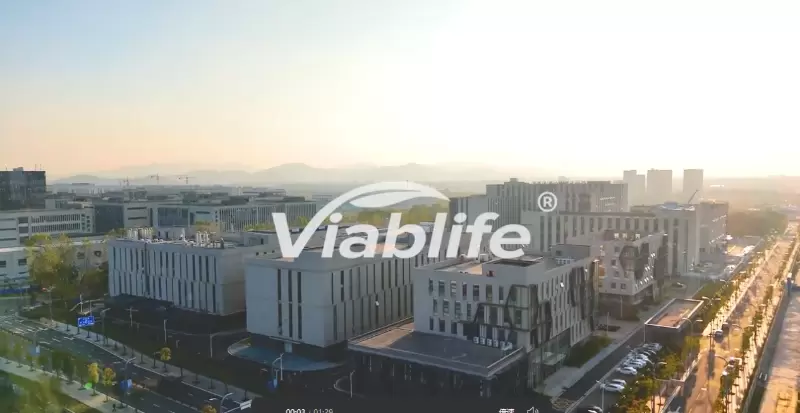Unveiling the Best Cement for Plaster: A Comprehensive Guide
When it comes to plastering, choosing the right cement is crucial for achieving a durable and aesthetically pleasing finish. With a plethora of options available in the market, it can be overwhelming to determine which cement is best suited for your plastering needs. In this article, we will delve into the world of cement and explore the various types to help you make an informed decision.
- Understanding the Importance of Cement in Plastering:
Before we dive into the different types of cement, it is essential to comprehend the significance of cement in the plastering process. Cement acts as a binding agent, providing strength, stability, and adhesion to the plaster. It plays a vital role in ensuring the longevity and structural integrity of the plastered surface. - Portland Cement: The Versatile Choice:
Portland cement is widely regarded as the go-to option for plastering due to its versatility and excellent bonding properties. It is manufactured by grinding clinker, gypsum, and other additives, resulting in a fine powder that can be easily mixed with sand and water. Portland cement offers high compressive strength and is suitable for both interior and exterior plastering applications. - Rapid Hardening Cement: Ideal for Time-Sensitive Projects:
For projects that require quick turnaround times, rapid hardening cement is an excellent choice. This type of cement achieves higher strength in a shorter period, allowing for faster completion of plastering work. Its accelerated setting time makes it ideal for situations where time is of the essence, such as repairs or renovations. - White Cement: Enhancing Aesthetics and Design:
If you aim to achieve a smooth and elegant finish, white cement is worth considering. It is produced using raw materials with low iron content, resulting in a pure white color. White cement is often used for decorative plastering, as it provides a clean canvas for paint or other decorative finishes. Its ability to blend with pigments makes it a versatile choice for creating various color effects. - Blended Cement: Balancing Strength and Cost:
Blended cement, also known as composite cement, is a combination of Portland cement and supplementary cementitious materials such as fly ash, slag, or silica fume. This type of cement offers a balanced approach, providing enhanced workability, durability, and cost-effectiveness. Blended cement is an eco-friendly option that reduces the carbon footprint associated with traditional cement production.
Conclusion:
Selecting the best cement for plastering is a critical decision that can significantly impact the quality and longevity of your plastered surfaces. By understanding the different types of cement available, such as Portland cement, rapid hardening cement, white cement, and blended cement, you can make an informed choice based on your specific requirements. Remember to consider factors such as strength, setting time, aesthetics, and cost-effectiveness to ensure a successful plastering project.
